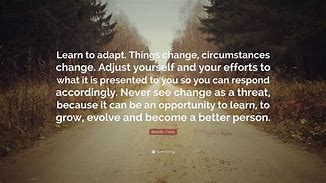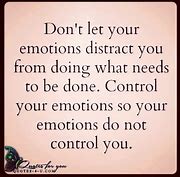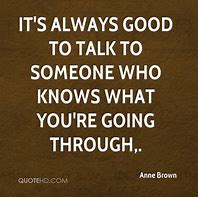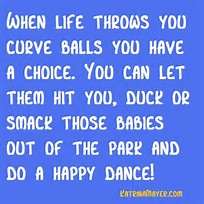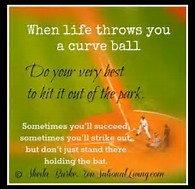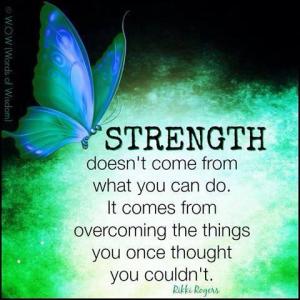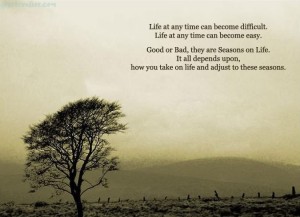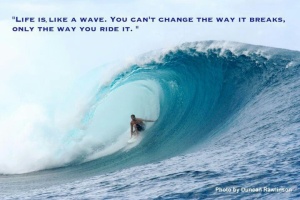In last week’s blog post, I mentioned that football was my favorite spectator sport so it should come as no surprise when I tell you that all fall and early winter, I watched many a college football game. On January 11, 2021, I was glued to the television to watch the College Football Championship Game between Alabama and Ohio State. Alabama’s head coach, Nick Saban, has been coaching since 2000 (one year with a professional football team; all others with college teams) and as a college head coach, he has won seven national titles, the most in college football history. During this year’s championship game, one of the commentators asked, “Why is Nick Saban a great coach?” His colleague responded, “His ability to adapt.”
Anyone who has had the same position for 20 plus years has seen and experienced a lot of change over time. And, it makes sense that to remain wildly successful in one’s position, adaptability would be a key factor. Simply put, to adapt is being able to adjust to new conditions. The ability to adapt to change is a life skill, one we all need to have. However, that is easier said than done. William Bridges (well known for his work with change and transition) talks about change being situational; it is something that happens to us (e.g. my position at work was eliminated). Bridges labels the emotional or psychological component of change as transitions and according to him, transitions are what we experience as we internalize and come to terms with the details of the new situation that comes with the change. It is in the transition that we adapt our lives and our thoughts to what has changed.
It is easier to accept the change than it is to adapt to it. Being able to adapt is difficult for most of us because we are creatures of habit; having to change our patterns and behaviors is frustrating and annoying. We would really simply prefer to keep doing things the old way since this allows us to stay in our comfort zone. And, while we may feel safe and secure in our comfort zone, in the long run, this may not be what is best for us. There are times when we must accept what is, let go of what was, and have faith in what will be. So, what do we need to do to enhance our ability to adapt? Let’s explore 12 things we can do.
Create familiarity in the changed environment. Change moves us from the familiar and the known. It moves us out of our comfort zone. So, bringing some of the tangible things in which we find comfort from the old to the new environment will definitely help with the adjustment. Surrounding ourselves with known and loved items will help create a comfortable space and will help when dealing with some of the emotions like sadness and fear.
Acknowledge our feelings. Any feeling we may have is normal. We may feel worried, sad, stressed, lost, confused (insert how you are really feeling). Those are all typical and normal reactions. The key is to recognize them; acknowledge them, but don’t let them take control of you.
Release any fears about what is going to happen in the new/changed environment. Worrying about tomorrow only takes away from enjoying today. What we imagine happening may never occur. Try to take the unknowns of life and put them on the back burner of our mind instead of actively trying to play out every scenario. Focus on the here and now and on what we can control. Don’t waste energy on things over which we have no control.
Take control of our attitude. Brian Tracy (motivational speaker and self-development author) tells us, “You cannot control what happens to you, but you can control our attitude toward what happens to you, and in that, you will be mastering change rather than allowing it to master you.” We do need to take charge of our thoughts and actions in the changed environment and focus on the thoughts and feelings that will help us adjust; that will help get us closer to our goals.
Remove the negative options. When something happens that we don’t like or isn’t what we wanted, we often switch to dark and negative thoughts. Instead, we need to do as Maya Angelou (American poet) said and either change what we don’t like or if we can’t change whatever we don’t like, we need to change our attitude about it. She also said, “Remove negative thoughts and doubts, be optimistic, and you will find that you are able to adapt to the changes in your life more easily.”
Adopt a positive mindset. It is very easy to slip into a negative mindset when dealing with change: I don’t like it here. This is so different from what I expected. I just can’t do this. Nothing is going right. Letting our optimistic side come to the forefront will help in putting the negative mindset in perspective. Look for the bright side in things. Focus on the positive.
Talk things out. We need to stay in close touch with our “touchstones;” our friends and family. Let them know what we are thinking and feeling. Let them lend an ear and let them share their perspective on things.
Take it one day at a time. Since change makes things different, it may be best to take things one day at a time. Get through one day and then deal with the next when it gets here. While we may have to plan for the future, we don’t have to worry about it. We can keep the future in sight, but our focus should be on the here and now.
Make no rush decisions. When we are emotionally vulnerable, we don’t make the best decisions. With change we experience a lot of emotions, both positive and negative. The negative ones are the ones that bring us down and drain our energy. When we are at an emotional low and our energy reserves are working on fumes, it is easy to want to throw in the towel and just give up. Everything needs to be in perspective before any decisions are made.
Think differently. Albert Einstein (physicist Nobel Prize winner for Physics in 1921) said, “We can’t solve problems by using the same kind of thinking we used when we created them.” Dealing with the unexpected is one of the most difficult things anyone can face. The unexpected moves us out of our comfort zone before we realize what is happening. When faced with the unforeseen, traditional or logical thinking may not provide us with the best option to deal with the situation. We may be better served thinking creatively or divergently.
Be resourceful and innovative. Resourcefulness is about optimizing what we have to work with. Innovation is not just about creating something new; it also applies to making old things work better.
Change the way we approach the situations. Confucius (Chinese teacher and philosopher) said, “When it is obvious that the goals cannot be reached, don’t adjust the goals, adjust the action steps.” When the changed situation overwhelms us, we need to try to change the way we approach the situation. We need to focus our mind in new directions and make choices based on our outcomes.
One of the things we all have in common is, no matter what stage of life we’re at, change is always constant. Children have to adjust to new schools and teachers, teenagers and young adults must adapt to college and first loves, adults must learn how to deal with marriage and careers, and older folks must acclimate to empty nests and retirement. No matter our age, we all have to cope with things like death, sickness, coming and going of people, changing seasons, and other unavoidable evolutions. Adapting to any change is a very personal process that takes time and that amount of time will differ for each of us. If we take it day by day (and even hour by hour within each day if need be), don’t rush things, give ourselves and others the time and the space, and follow some of the ideas outlined in this week’s post, our adaptation to the whatever has changed will be a little easier for us.



